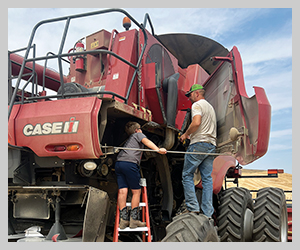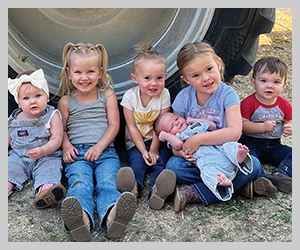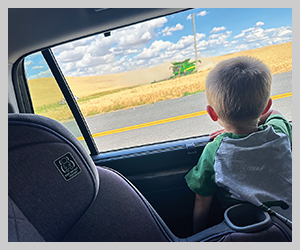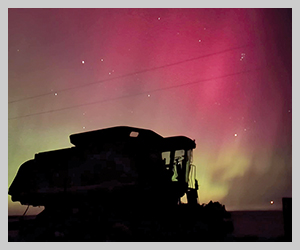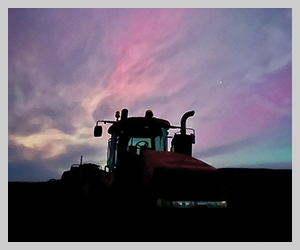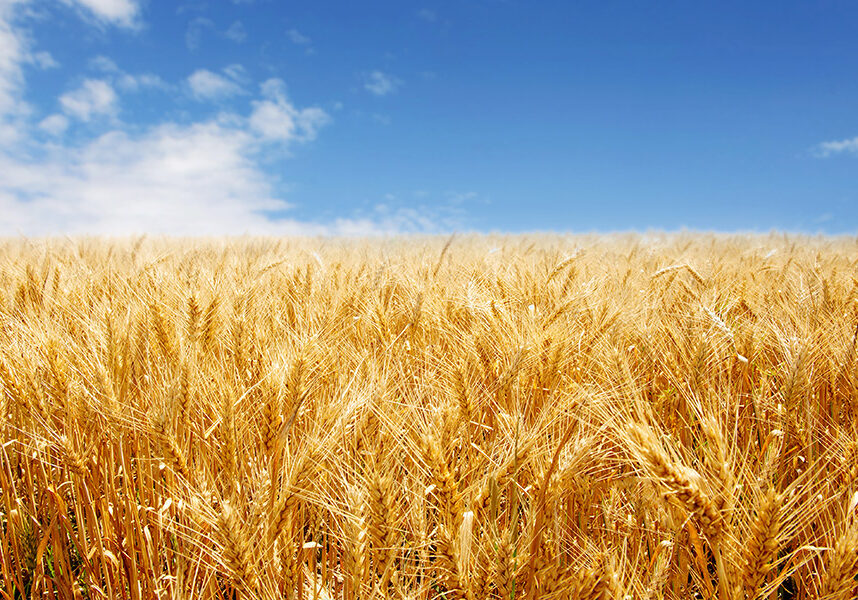
Myself and the rest of the Washington Association of Wheat Growers leaders have been doing a lot of press lately. One of the questions we get asked over and over is why we don’t increase the price we sell our grain for to deal with the rising cost of inputs, such as fuel and fertilizer, or to allow for increased transportation costs if we lose the option of barging our wheat to Portland. In those interviews, we often refer to ourselves to as “price takers.” That means we sell our grain for a set price, and there are absolutely no negotiations to get a better one. So when the cost of growing or transporting our crop rises, we have no way to pass those increases along to our customers. We have to absorb those costs and hope that the price we can sell our crop for is enough to cover them. High wheat prices don’t automatically mean we are making a profit; that’s certainly the case right now.
Another question we get asked a lot is why we don’t just plant more wheat to make more money and to help make up projected world shortages? There are many reasons why this just isn’t feasible.
Most dryland wheat in Eastern Washington is in a two-year rotation because the soil needs time, after planting and harvesting, to store up as much moisture as possible to support another crop. In some of the higher rainfall zones, such as in the Palouse, or on irrigated ground, farmers can plant a crop every year, but that’s the exception rather than the rule. So one answer to that question is anything we plant on our fallow ground likely wouldn’t have the moisture it needs to grow.
Another answer to that question is some of our ground just isn’t suitable for growing a crop. On my farm, every available, good-producing acre is already under cultivation; the rest of it is enrolled in a U.S. Department of Agriculture conservation program, such as the Conservation Reserve Program (CRP). In most cases, you can’t pull ground out of these types of programs and just start farming it because there’s usually a multiyear contract in place. The federal government determines when and how you can take it out, and the government’s wheels turn very slowly. Sometimes you don’t receive the information you need to be able to pull your ground out of a program in time to plant a crop.
Other times, the process a farmer has to go through to get the ground ready for a crop is…complicated. Let’s say we get permission to pull out an established stand of CRP grass. You have to follow a process set by the government. The ground has to be mowed in the fall and sprayed in the spring to kill the grasses and keep the weeds down so a crop can be planted. In our area, we have to plant sagebrush in with the native grasses on CRP ground and mowing down sage brush is like mowing down a tree. It takes anywhere from one to two years to get CRP ground ready to plant wheat. There’s a financial cost in that process as well, as it’s generally the farmer who is paying to get the land ready for planting.
Speaking of financial considerations, planting more wheat means a farmer has to buy more seed, more fertilizer, more fuel. There simply may not be room in his or her budget for these additional expenses.
Farming is always somewhat of a gamble. We plant a crop, make plans for the factors we can control, and hope that everything else falls into place. As Will Rodgers said, “The farmer has to be an optimist or he wouldn’t still be a farmer.”




